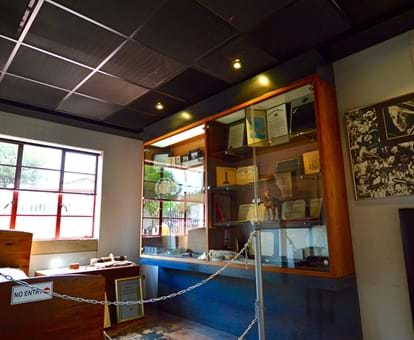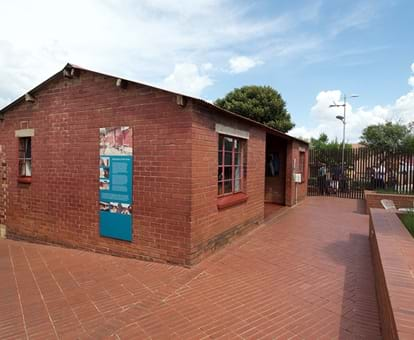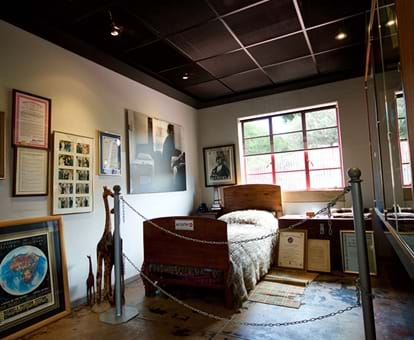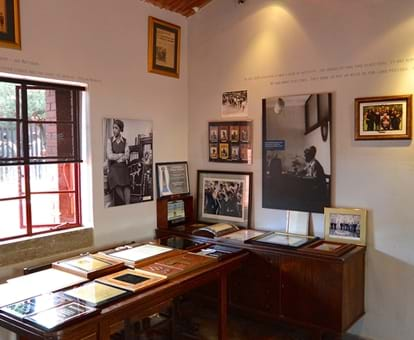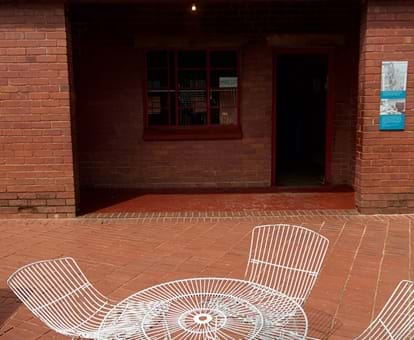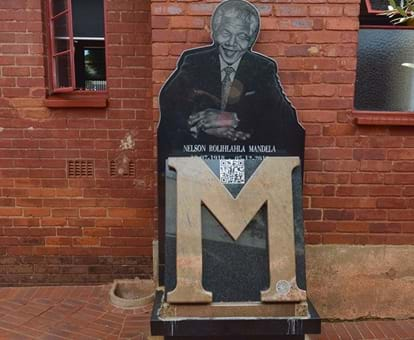By creating an account, I agree to the
Terms of service and Privacy policy
Choose your country and language:
Africa
Americas
Asia Pacific
Europe
NNumber 8115 Vilakazi Street, Soweto is a small, face brick house where the Mandela family lived from 1946 to the 1990’s. Today the house is a museum celebrating his life through artwork and other media.
Although Mandela did not spend much time in the house with either of his wives, Evelyn Ntoko Mase, and Winnie Madikizela-Mandela, two of his children were raised there and it retained a special place in his heart all though his incarceration.

WWinnie was forcibly evicted in 1977 and had to relocate to the Free State with her two children Zenani and Zindzi, but she returned in 1990 when her husband was released. The Mandela family spent e 11 days there after his release, but moved to a larger and more secure property in Houghton thereafter
Mandela House Museum
TToday the Mandela House is a small but comprehensive museum. The exhibits consist of art, interesting memorabilia, honorary doctorates awarded to the family, and photographs dating back to the 1950’s.
There are many interesting things to do in the area. Sakhumzi’s restaurant is just a quick walk down the block, and serves a great spread of traditional African food including delicious shisa nyama (literally transates to burnt meat) and stews.
TThe Hector Pieterson Museum is also an iconic and historical stop. This museum honours the 1976 student uprising in Soweto. It was one of the main sparks in the fire that eventually ignited a free and fair South Africa.
Other things to do include a bicycle tour of the area where you can get up close and personal with the people of this area, or you could even do a bungy jump off one of the Soweto towers. This is definitely for those of a slightly more adventurous spirit.
Related Articles

